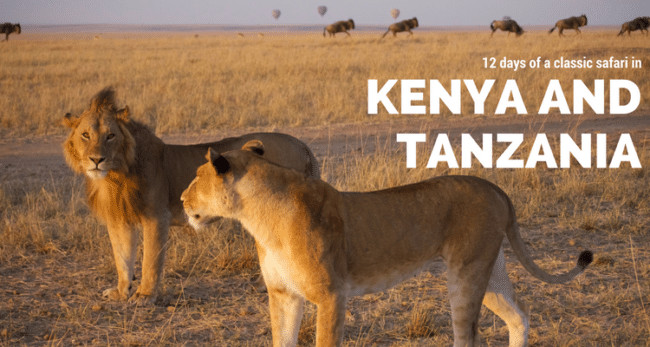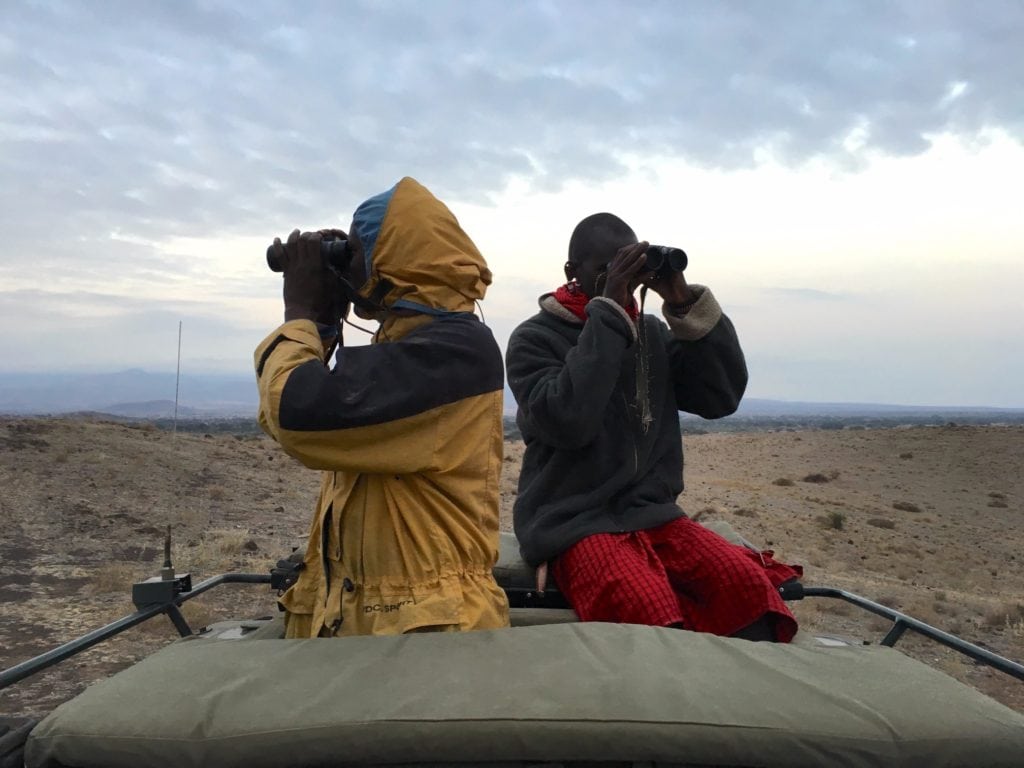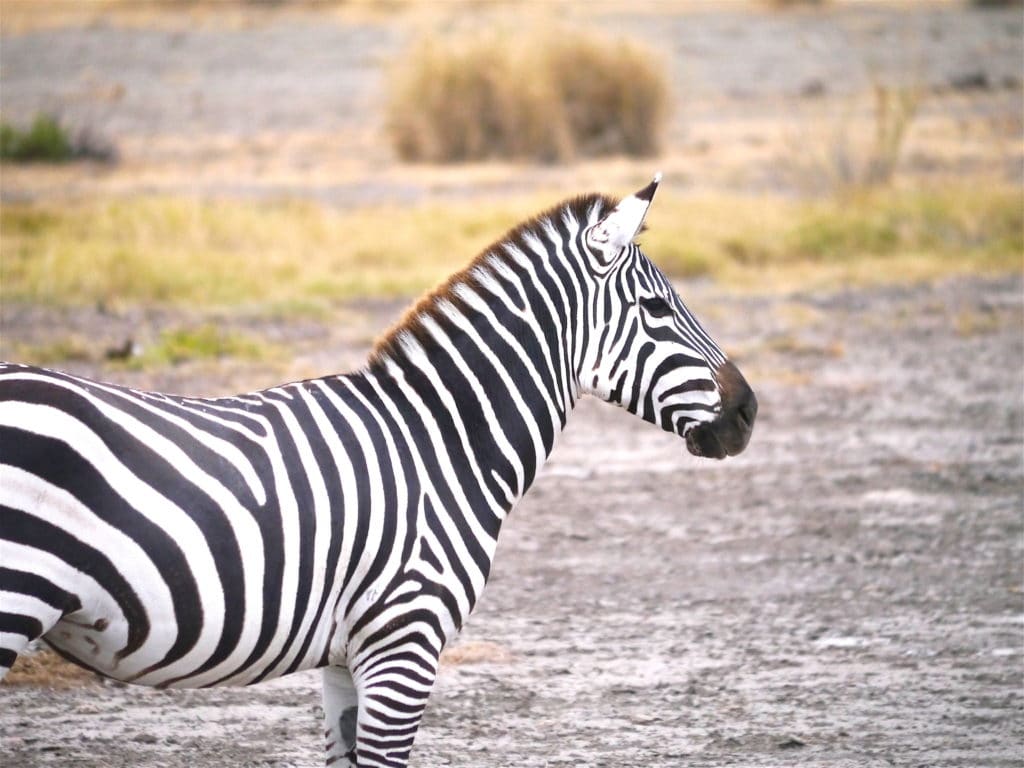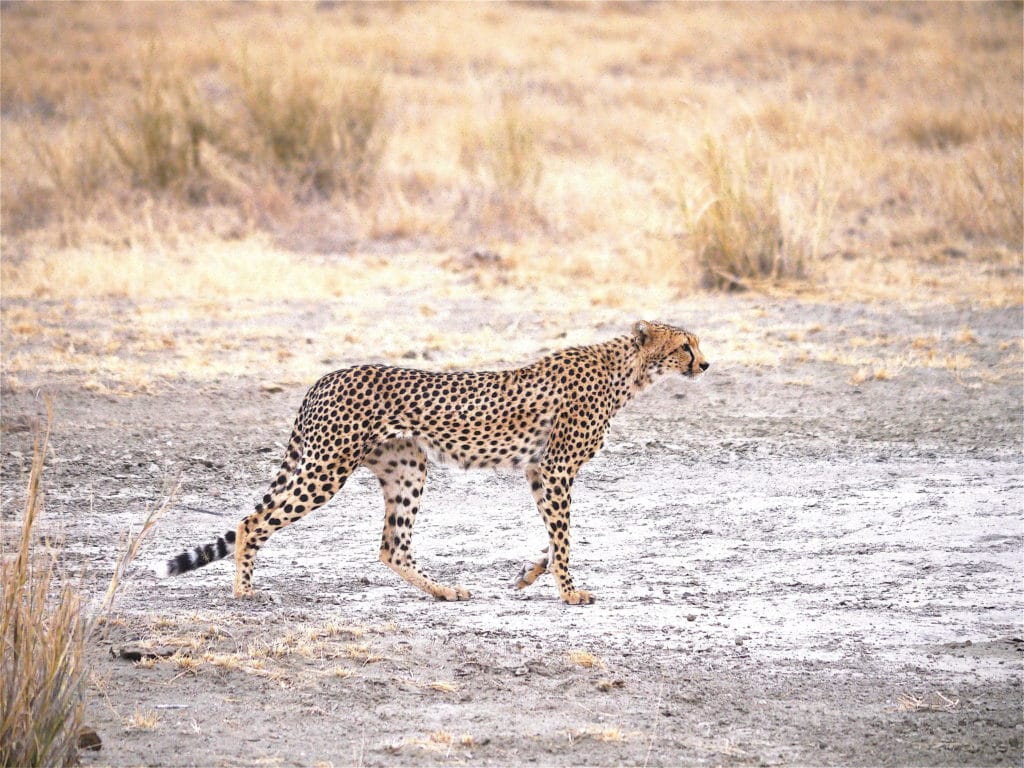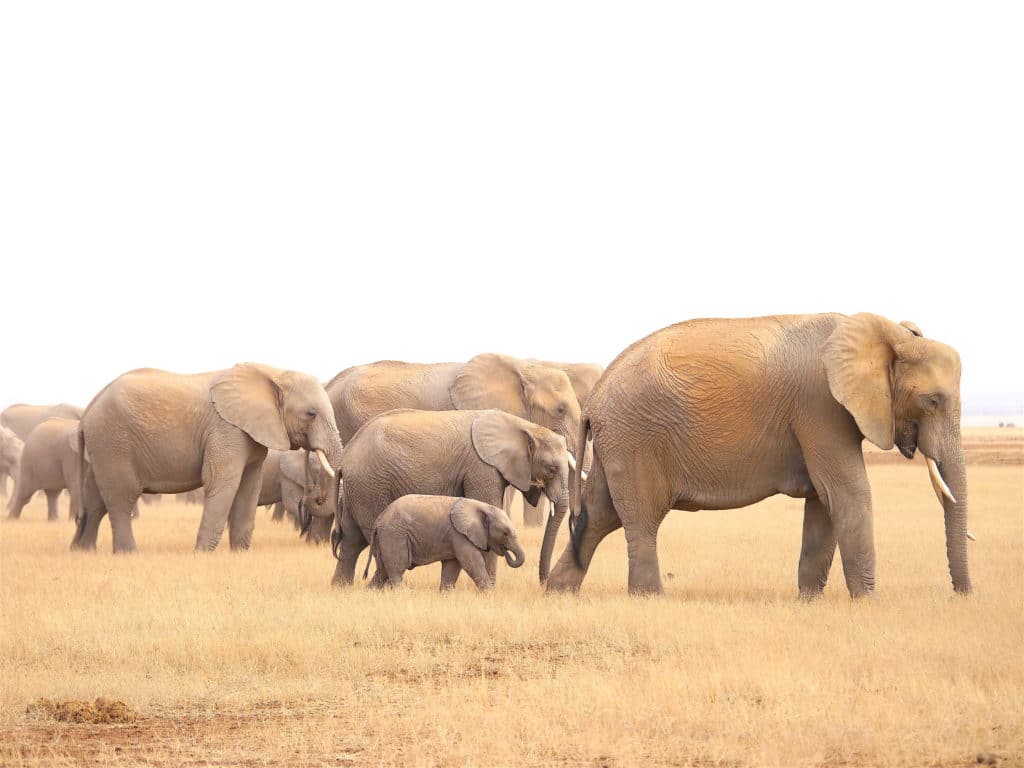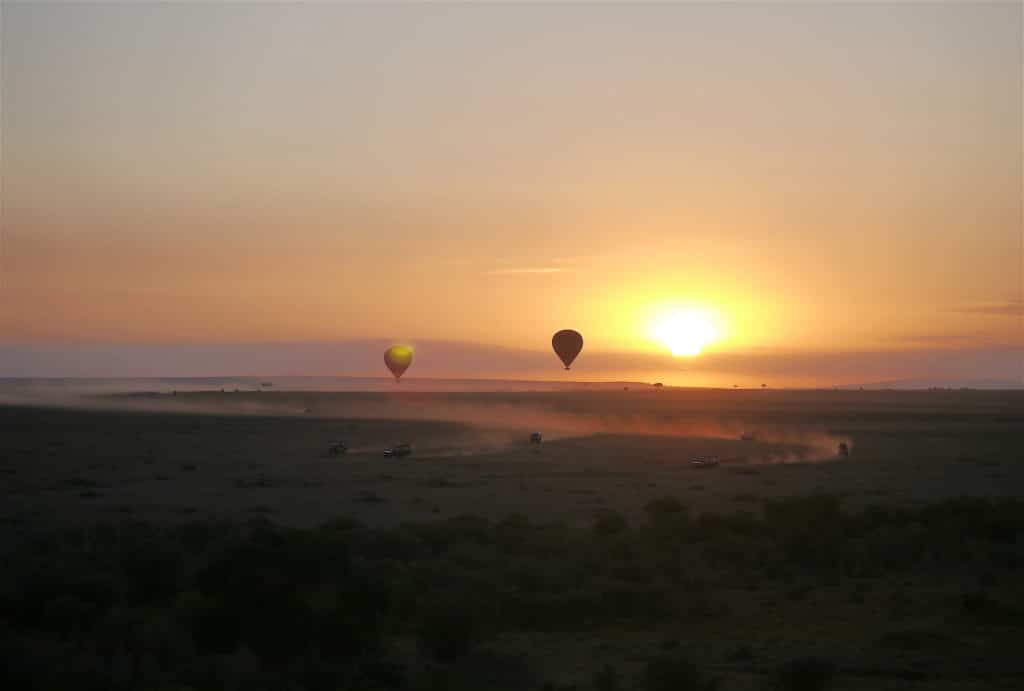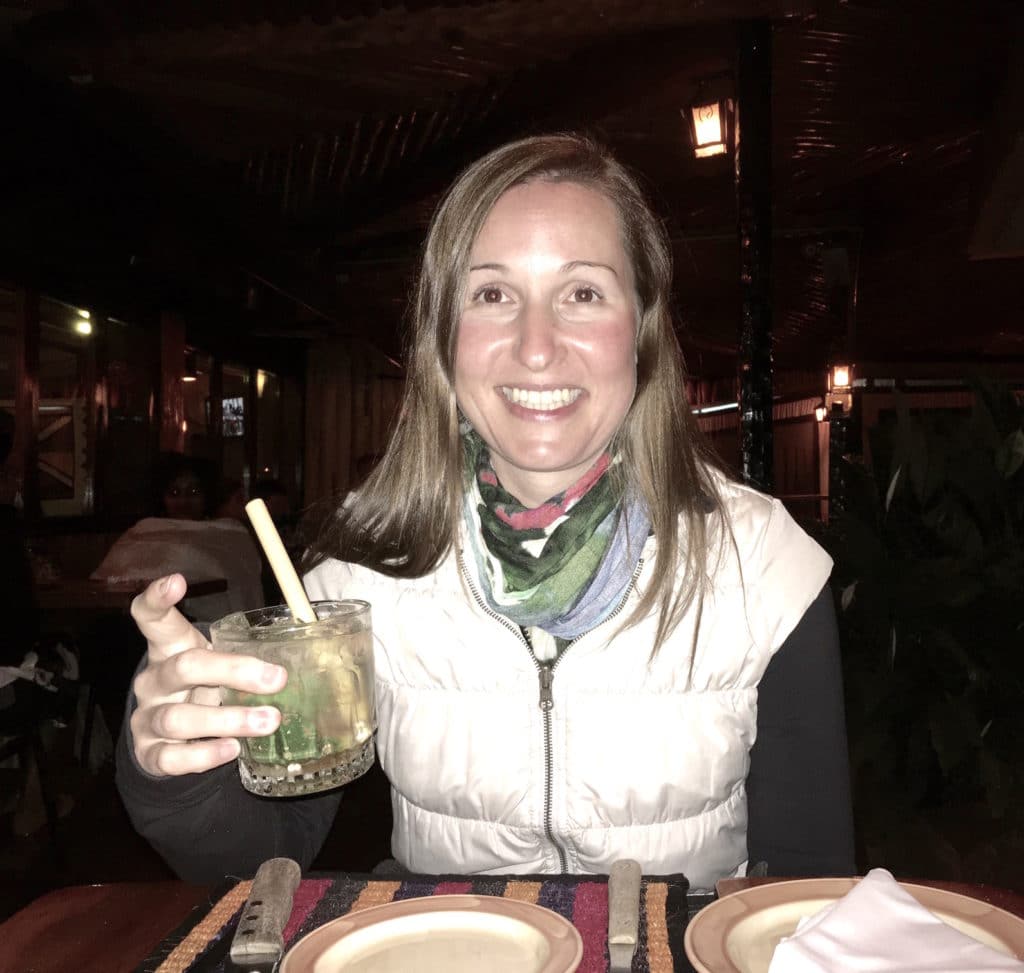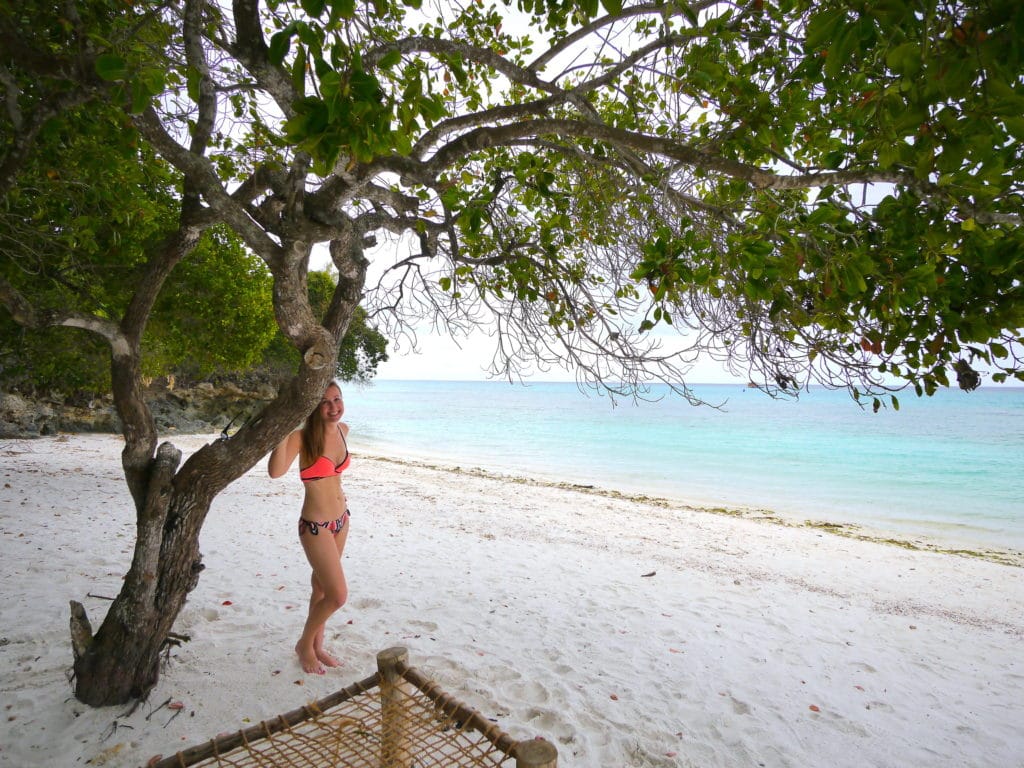A safari is bound to be one of the most memorable trips of your life. There isn’t anybody I have met who will not agree with this statement. The bush gets under your skin and it keeps you wanting more. Whether you explore Africa’s parks by safari or from the lightness of a hot air balloon, during The Great Migration in the Maasai Mara and Serengeti or up north in the most remote and deserted parks, this will be a once in a lifetime journey.
Most wildlife you expect to see when on safari can be found in several countries in Africa. In fact, the famous Big Five can be seen in 11 countries, from Ethiopia to South Africa. Each of the countries in east and southern Africa offer different experiences. In Namibia you will be taken aback by the incredibly rugged and prehistorical landscapes. South Africa is developed, with proper infrastructure and lots of opportunities for self-driving. Botswana’s Chobe is a water lover’s paradise, with plenty of boat safaris and larger river cruises on offer. Zimbabwe is a rough diamond and only coming into the safari scene recently whereas Kenya and Tanzania were the pioneers in the safari industry. Zambia offers great walking safari opportunities as well as Victoria Falls, shared with Zimbabwe, and Uganda and the DRC are prime destinations for gorillas. No matter what you are looking for and what type of traveler you are, there is a safari for you.
Of all the countries offering safaris, Kenya, Tanzania and South Africa are the best for beginners. They have solid safari infrastructure, plenty of lodges and camps to stay at for different affordability levels and almost guaranteed sightings of all the animals on your safari list. On my last safari, I wanted to see The Great Migration and finally visit the Maasai Mara, one of the parks in Africa with the highest wildlife density, especially in the winter months of July and August.
How long should your safari be?
For most people, a trip to Africa is one of the most expensive and remote vacations they will take, so they want to make the most of it. A typical safari trip will last between one and two weeks. In my case, I spent 12 days between Kenya and Tanzania, eight of which I was on safari and then the final three on the beach. It took me over 24h to get back home given the hard to reach location of Pemba Island’s The Manta Resort where I ended my stay, as well as the bad connections between Africa and Asia.
If you can afford the vacation time, I would strongly recommend taking two weeks. Most people will not be returning to Africa often, so you should make the most of the expensive flights and the time it takes to get there. A two-week safari would include four destinations, one of which could be the beach, an urban center or the wine lands (in the case of South Africa), and three national parks. This would give you enough variety to combine culture with wildlife, water and desert, Savannah and forestry, mountains and plains, nature and civilisation and interaction with local tribes. If you are looking for variety, the larger countries in Kenya, Namibia, Tanzania and South Africa are best, as they have different eco-systems within their borders and can provide a range of experiences that will ensure you don’t get bored of seeing the same wildlife over and over again. Believe me, there is such thing as too much of a good thing and even if leopards, lions, giraffes and elephants are incredible animals, after two weeks of tracking them you might get a bit tired. It is best to combine different habitats and experiences to ensure variety.
Alternatively, if you are not looking to visit the typical safari countries, you could also combine two countries. For example, you could spend some days in South Africa and then head out to Namibia. You could also combine Zambia and Malawi, spending some days by Lake Malawi or add in Mozambique to South Africa or Botswana to Namibia. The continent also has some fine beach destinations like Mozambique or the coast of Kenya and Tanzania with some of the remote beach and island resorts rivalling the high end properties in the Caribbean, Asia or Southern Europe.
The sky is the limit in terms of safari options and, usually, money and time are the key determining factors for your choice. For beginners and first time visitors to Africa, a safari in Kenya’s Amboseli and Maasai Mara followed by a few days in Zanzibar is usually a great trip. It’s easy to plan, and you have a range of prices to choose from and it’s sure to provide an experience of a lifetime.
The itinerary for a 12 day classic safari in Kenya and Tanzania
Given the difficulties in reaching some of the parks and the cost of chartering your own plane, I recommend staying three nights in each park. This should give you enough time to settle in without having the constant feeling of being on the road while not leaving you too long in one place seeming like you have seen it all. As you will be going on game drives, distances covered within a day are not very long, so after three days you have probably explored most of the radius around your accommodation.
The proposed itinerary I booked included two thirds of the trip in the bush and one third by the beach. I was going to Africa for the safaris and the wildlife mostly, but I did want to add in some days of relaxation, warmth and vitamin sea at the end because the bush can be dry after a while.
Day 0 – Arrival
Depending on where you are coming from, you will be landing in the morning or evening in Nairobi. If you land in the morning, your first day can be spent directly reaching your first park, but if you land in the evening, you will be spending your first night in Nairobi. The city does not offer much in the sense of activities, but the Nairobi National Park is worth a quick excursion if you have the time and want to get a flavour for what to expect. It is the only national park within the city limits and you can see the Big Five. Traffic in Nairobi is horrendous, so avoid moving around and use your time in the city to manage the jetlag.
Days 1 to 4 – Amboseli National Park
Amboseli is well known for the backdrop images of Kilimanjaro and the large herds of elephants. The outside of the park is home to genuine Maasai communities, most of which still live in their traditional huts and villages. The civilisation from Nairobi has yet to reach here, so it is a great place to get to know more about Kenya’s largest tribe.
Upon landing in Nairobi, in the very early hours of the morning, we started our drive to Amboseli National Park. The drive took four hours, but for the last hour we had our first wildlife sightings as we were already inside the conservancy. The drive went by quickly as we relaxed on the 4×4 open top vehicle. We stopped on the way for breakfast and in no time we were already at our mobile tented camp.
We stayed outside of the National Park, in the Amboseli Conservancy and on a privately owned mobile tented camp which was a real treat. There were no other tourists in the huge area leased by Ker & Downey from the local Maasai communities and we had a great time with the Maasai, participating in spear throwing, singing and dancing, visiting local villages and going on game drives with no other car in sight.
We chased spring hares at night, drank gin and tonics against the backdrop of Kilimanjaro, went on game drives over dried out lake beds, watched a hippo have a face off with some lions, chatted to the Lion Guardians team about an injured lionesses, visited a local Maasai village and spent time inside one of the huts, played with school children on their last day of the semester and enjoyed many a story by the camp fire. Amboseli was a great cultural experience in complete solitude. As conservancies are privately owned and managed, I also got the chance to fly the drone, something which is forbidden in national parks.
Day 4 to 7 – Maasai Mara
On the 5th day of the safari we drove to the closest airstrip for our charter light aircraft to the Maasai Mara. As this was a private plane just for us, the pilot gave us a real scenic flight, descending very low and providing commentary to what we were seeing. We could observe wildlife from low altitudes, especially as we approached the Mara.
Once we landed in the Maasai Mara Game Reserve, we started our game drives on the way to camp. This was the time of The Great Migration and so the Maasai Mara was teeming with wildlife in concentrations I could have never imagined. Wildebeest and zebra amounting to more than one million roamed the plains, joined by the many other animals that usually fill the Maasai Mara including impala, giraffes, elephants, crocodiles, hippos, hyena, kudu, lions, leopards, cheetah, buffalo, you name it. The Maasai Mara is almost like a larger than life zoo with no enclosures or fences. It is a wildlife and nature lovers dream.
Our days in the Maasai Mara were the typical format for a safari. Early mornings followed by long drives, breakfast in the wild, peaceful lunches, lazy afternoons and sunset drives always entertained with animals killing and hunting. There was not a single moment of boredom in the Mara. And, the result, we managed to witness nature’s most impressive spectacle: The Great Migration. Parked at a river bank, 20-30,000 wildebeest and zebra decided to cross the fierce waters to the greener pastures of the other side. The dust raised, the power of the run towards the water, the effort to get out on the other side and the failure of some to find refuge was one of the most impressive experiences of our lives. And it all happened right before our eyes.
In the Maasai Mara you will not be able to go on walking safaris as it is too dangerous given the amount of traffic and the wildlife denstity, but you can join a hot air balloon safari which is an icnredible experience.
Day 7 – Nairobi
It is almost impossible not to spend a night in Nairobi. We wanted to make the most of our last day in the Maasai Mara and so we booked a schedule flight in the afternoon back to the city. In Nairobi, we checked into our hotel, the Fairmont The Norfolk, a real institution from the time of those first safari goers and hunters, and then went out to Carnivore, a slightly cheesy restaurant which brought me nostalgic memories of my time working in Kenya. Back then, Carnivore used to serve real game meats, including kudu, impala, ostrich and crocodile, but that is no longer the case today. Don’t forget to order a Kawa, a honey and lemon alcoholic drink unique to the restaurant.
The next morning, very early, we drove to Nairobi Airport to catch a flight to Zanzibar and on to Pemba.
Days 8 to 11 – The beach at The Manta Resort
We wanted to end the trip away from the dust of the winter months in Africa and so we booked three nights by the beach, at the quieter island of Pemba off Zanzibar, Tanzania. To make the experience even more unique, we chose to stay at the underwater room at The Manta Resort, instead of at Fundu Lagoons rustic charming huts, as in all previous trips in East Africa’s beaches. It was a unique experience, not comparable to much else except for maybe a luxury sailing trip on a glass boat. The Manta Resort is a great place to sunbathe and enjoy the sea, even if you are not staying under water. There was sailing, diving, snorkelling and many a day spent relaxing in the sun. Although you should beware, the winter months in peak safari season in East Africa are not the warmest, but you can still expect plenty of sun and warmth. But the sea will not be as warm as it can often get.
Day 12 – Return home
Although time difference worked in my favour on this trip, I needed over 24h to get back home. From Pemba to Zanzibar, on to Nairobi then Bangkok and finally Singapore. My friend Edwin, who was traveling with me, only had to go from Pemba to Zanzibar, to Nairobi and back home to Dubai. So, when he departed the resort at 2pm he got home the next morning, but I got home the evening after, almost 30h after leaving The Manta Resort. If you leave east Africa, then you will most likely take longer to get to Kenya that can save time on the way back. Either way, most people need a day to either get there or get back home from their safari in Africa.
- Check if you need a visa, get help processing it at iVisa.
- Never ever leave without travel insurance. Get affordable coverage from World Nomads or long term insurance from Safety Wing.
- I find all of my flights on KAYAK. Check their Deals section too.
- Search for all your transportation between destinations on the trusted travel booking platform Bookaway.
- I book all my day trips and tours via GetYourGuide, they are the best and their tours are refundable up to 24h in advance.
- Get USD35 off your first booking with Airbnb.
- Compare hotels EVERYWHERE at HotelsCombined and book with Booking.com.
- Compare car rental prices at Rentalcars.com

